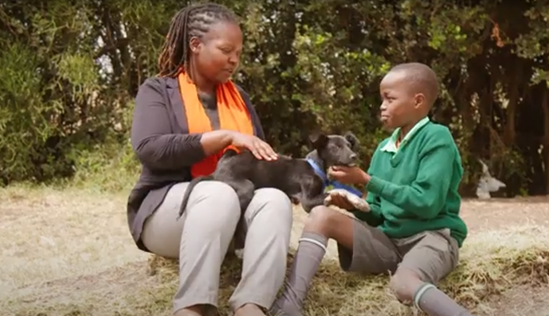Human rabies prevention and management
Rabies is preventable through three proven, effective interventions:
- Awareness of rabies disease engages communities and empowers people to save themselves by seeking the care they need. This includes an understanding of how to prevent rabies in animals, when to suspect rabies, and what to do in case of a bite.
- Post-exposure prophylaxis (PEP) consists of a series of rabies vaccines and, in some cases, rabies immunoglobulin (RIG), administered after a suspected exposure to rabies. Appropriate wound management and prompt access to quality-assured PEP is almost 100% effective in preventing human rabies deaths.
- Mass dog vaccination is a proven, cost–effective way to save human lives by stopping transmission of rabies at its source. While a variety of animal species can host rabies, dogs are responsible for 99% of human cases. Eliminating rabies in dogs is therefore key to sustainably preventing human disease.
Engaging communities to build awareness of rabies, and vaccinate dogs to prevent human disease, requires close One Health collaboration between the human and veterinary health sectors. National and regional elimination plans will increase preparedness and surveillance and mobilize domestic resources. This coordinated response between animal and human health systems not only has a positive impact on the livelihood of communities but also strengthens surveillance of rabies and other diseases in the human health system.





